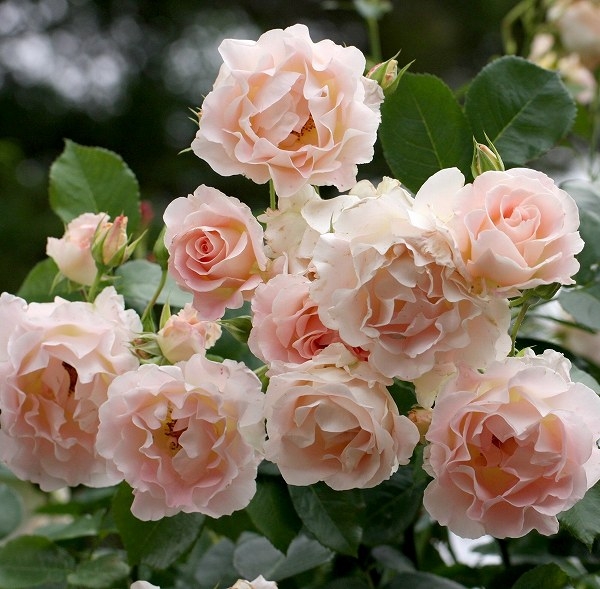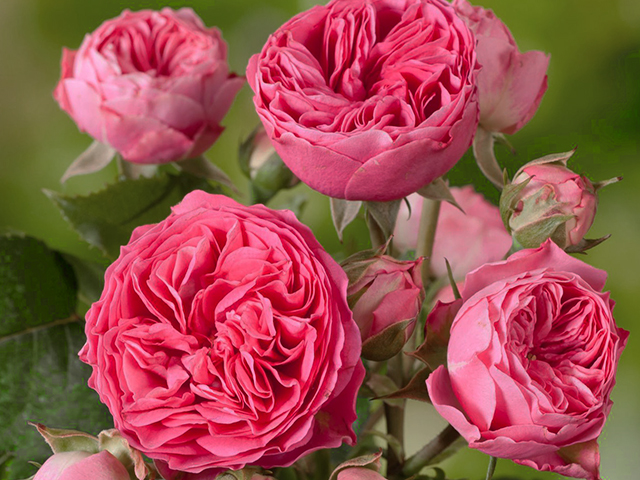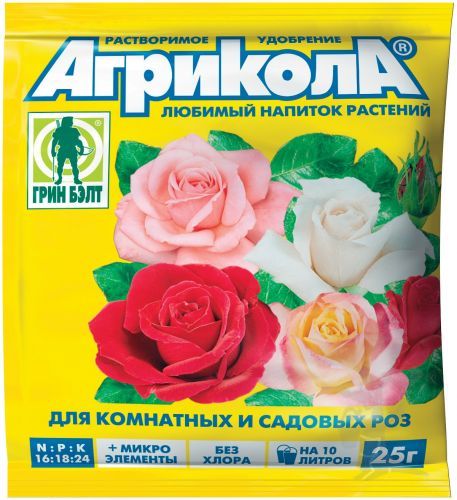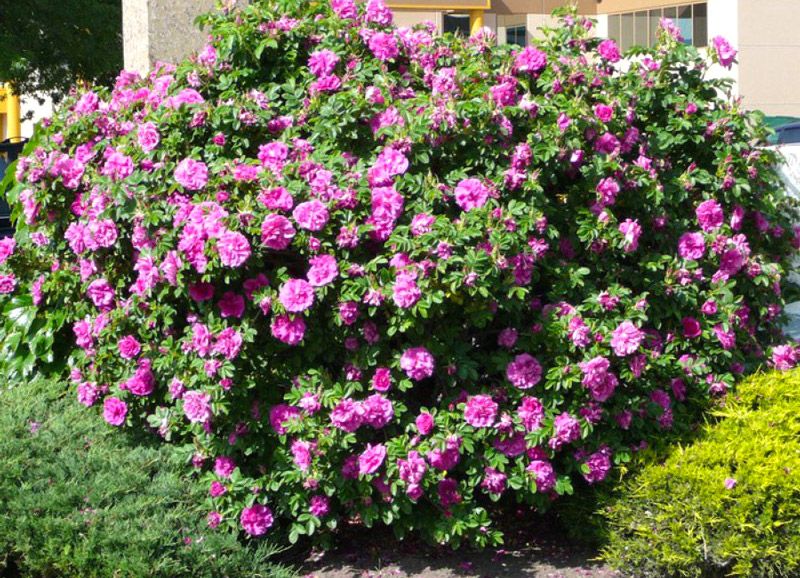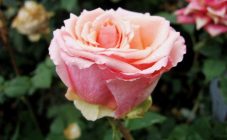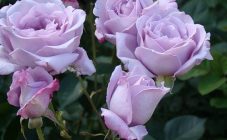Content:
Rococo is a varietal variety of shrub rose, which is often referred to as an old variety. However, it is a modern variety that is distinguished by good endurance and unpretentious care. The color of watercolor flowers has a complex apricot hue, and climbing shrubs are notable for their powerful spreading.
Agronomic information
The German Rococo variety was first bred in 1987. The average length of a rose bush is 130 centimeters. The crown is quite dense and massive. The Rococo cut rose is characterized by abundant and long flowering. The bush can be used as a hedge or background plant. Ripening of thick and strong shoots is carried out in a short time. The foliage is muted grayish. The flowering period occurs in the first weeks of June and ends by the arrival of late autumn. The flowers are resistant to rainfall, but they tend to burn out, which makes the color paler.
The inflorescence is a brush, in which large flowers are collected. The diameter of each flower is 10 centimeters, they begin to fade in two weeks. Each bud is distinguished by a yellowish color, in the upper part turning into pink. The apex has a sharp shape. The surface of the petals is terry, with a slight waviness. The rose has a not strong, but bright aroma, which has a fruity hue.
Popular varieties of Rococo roses
The list of the most famous varietal varieties includes:
- The lovely rokoko rose is a Serbian variety that is easy to grow and resistant to diseases such as powdery mildew and black spot. The height of the shrub is about a meter. For double, pale pink flowers of a hemispherical shape, the diameter of which is 8 centimeters, repeated flowering is characteristic, which stops with the onset of frost. Varietal rose Lovely Rococo is recommended for growing in a flower bed or in a flowerpot. Suitable for industrial planting in open ground;
- The magic rokoko rose variety is a hybrid tea cut rose for outdoor cultivation. The average height of a vigorous shrub that produces many shoots is 65 centimeters. Each flower has a diameter of just under 10 centimeters. The large inflorescences include intense pink double flowers, which are notable for the Magic Rococo rose;
- The lemon rokoko rose is a re-flowering cut shrub variety. In the early stages of flowering, the color of the flowers differs in a creamy greenish tint - this is what the Lemon Rococo rose differs from other varieties. The diameter of the double flowers of the Lemon Rococo rose is just under 10 centimeters. They are resistant to rainfall and can stand in a vase for a long time. The color of the leaves is dark green;
- The playful rokoko rose is a cut Rococo scrub that is resistant to diseases such as powdery mildew and black spot.The average height of the shrub is 65 centimeters. The large inflorescences include double pink flowers, the description of which is similar to the Candy Rococo rose, having a diameter of 8 centimeters, thanks to which the Playful Rococo rose looks very colorful.
How to plant a rose
The place for planting a climbing rose should be illuminated throughout the day. Growing in a lowland where stagnant water is present will lead to decay of the root system and planting disease.
To prevent the transfer of infections and pests present in the soil, it is not recommended to plant a Rococo rose in a flower bed after any other variety of this plant.
This variety requires warm temperature conditions, which makes it unsuitable for cultivation in the northern regions - the exception is planting in a greenhouse or greenhouse. In winter, the bush is placed in a shelter.
The humidity indicator should be slightly higher than the average level. It is necessary to avoid the impact of drafts on the plant by enclosing the planting with a fence on the north side.
A loamy, water-absorbing soil type is suitable for Rococo roses. However, you can plant the bush in a drained and fertile sandy loam soil. The earth on the ridge should be dug up, loosened, then mineral fertilizers should be applied and planting recesses should be created.
The best month to plant rokoko roses is May. In a warm climate, autumn planting is permissible. The distance between adjacent bushes should be two meters. Plant thickening will lead to the spread of fungal infections.
A seedling with an open root system must be placed in the planting recess, spreading the roots along the bottom. With a closed root system, the plant takes root with the existing clod of earth. The root collar is placed 4 centimeters below the surface of the soil layer.
The root zone of the newly planted plant is mulched - this will prevent drying out and germination of weeds.
Climbing rose care
Throughout the growing season, planting must be watered abundantly - at least once a week. In dry summer conditions, watering is increased up to five times a week. One bush requires 10 liters of water.
The soil should be loosened two days after watering, after the formation of a dried crust on the surface. Mulching is carried out three times a year. Refusal from this procedure will lead to a decrease in the quality of flowering.
Climbing rose requires the following minerals:
- nitrogen;
- potassium;
- phosphorus.
In the spring season, planting is recommended to be fertilized with Agricola-Rose. In addition, you can make a useful solution yourself by combining the following components:
- 10 liters of mullein;
- 3 kilograms of wood ash;
- 50 liters of water.
This essence should be poured under the root, avoiding contact with buds and foliage.
The fertilizing season ends in the second half of July.
It is also necessary to carry out molding and sanitary pruning of the bushes. They form a shrub in spring, shortening healthy branches by a third and getting rid of old, broken and diseased shoots.
Even when growing a rose in a warm climate, it must be covered for the winter - especially for young shrubs. However, before placing the rose bush in the shelter, it is necessary to huddle along the diameter of the trunk circle, which will prevent the root system from freezing.
All fallen leaves are collected, infected and deformed branches are removed. Plant residues are burned to prevent the spread of infections throughout the garden area.
The best wintering condition for this climbing rose is a snowy winter. In cold temperatures and no snow, the root system is likely to freeze.Thus, when hilling, the shoots are covered with spruce branches. At the end of summer, the frequency and volume of watering are reduced in order to stop the growth of young shoots, which will freeze with the onset of cold weather.
It is possible to cover plants only when a stable low air temperature outside is established, which should not exceed -2оС per day. An earlier shelter will lead to rotting of the shoots under the influence of damping conditions.
Space should be left between the cover and the landing to allow air to pass through. This is the reason for the use of spruce branches, which have a loose structure.
Reproduction of Rococo roses
This kind of rose propagates by cuttings, for which shoots are taken, both flowering and faded. Cutting of planting material is carried out in mid-July. The stalk must have two internodes.
The lower layer of leaves is removed, the upper one is shortened by half. The plant is rooted in sandy soil. The substrate must be sufficiently moist.
From above, the cuttings are covered with polyethylene and placed in a well-lit place. Before final rooting of the cutting, it should be watered thoroughly. Transplantation to a permanent place is carried out after the complete rooting of the root system.
Currently, flower growers are provided with a large selection of varietal names for growing climbing roses. All of them differ in color and size of flowers. Subject to cultivation techniques, these flowers will be a wonderful decoration for any garden.
